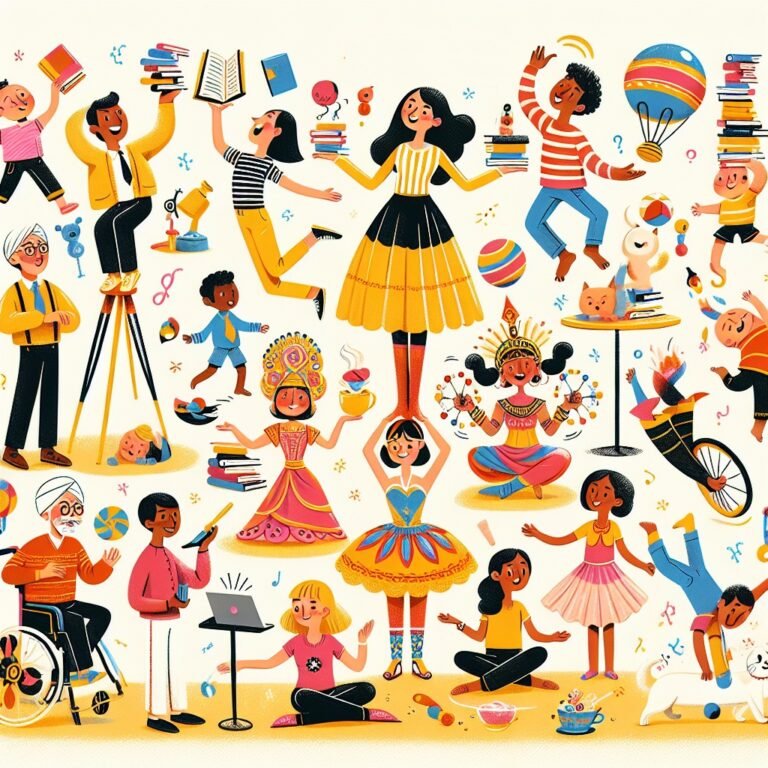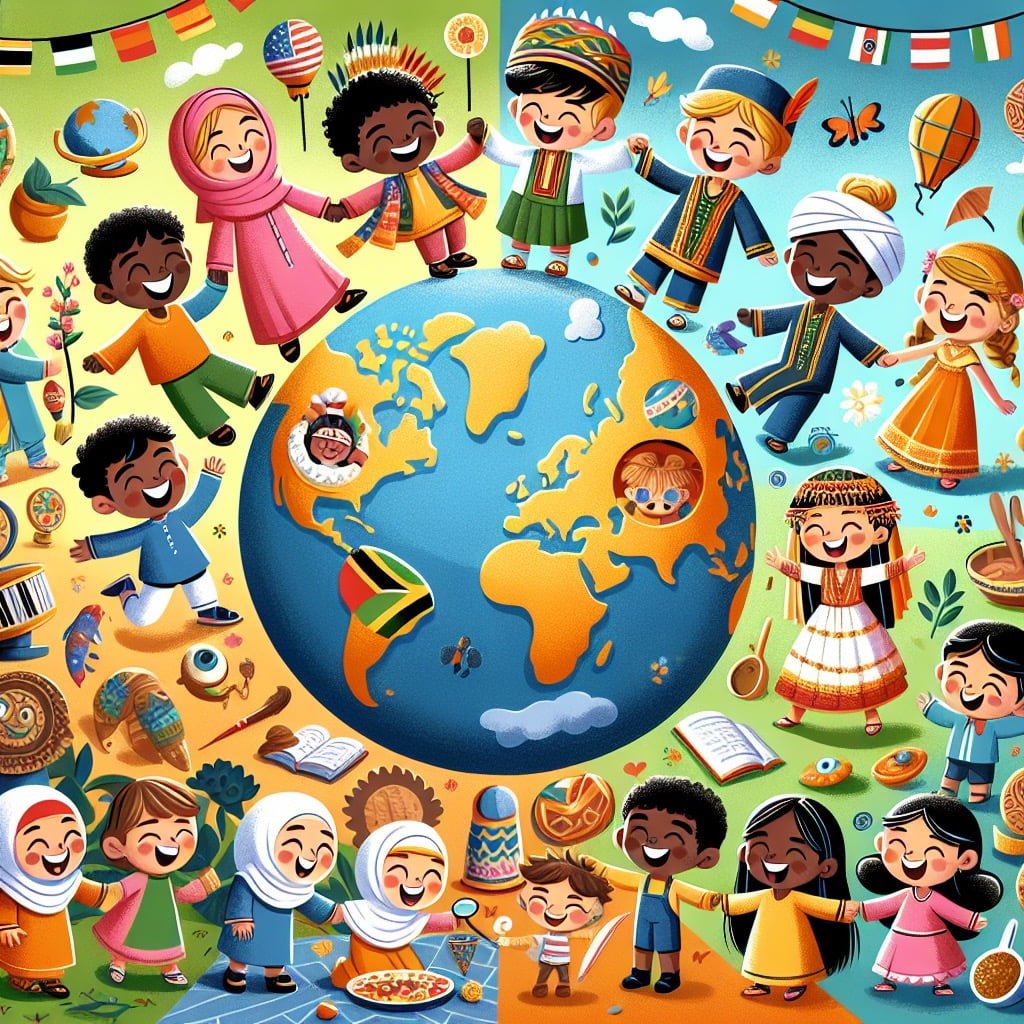Welcome to a world of wonder and fascination as we delve into the realm of “Fun Facts for Kids About Humans.” As an expert in the field, I am excited to share with you a treasure trove of knowledge about the unique and extraordinary aspects of humanity. From the mesmerizing patterns of our fingerprints to the incredible abilities of our brains, eyes, and hearts, each fun fact is a window into the wondrous world of human biology and behavior. Join me on this journey of discovery as we uncover the remarkable traits and quirks that make us undeniably one of the most intriguing species on Earth. Through these fun facts, we will not only stimulate curiosity and critical thinking skills but also foster a deeper appreciation for the beauty and complexity of being human. So let’s embark on this exciting adventure together and discover the magic of Fun Facts for Kids About Humans!
Fun Facts for Kids About Humans
1. Humans Have Unique Fingerprints
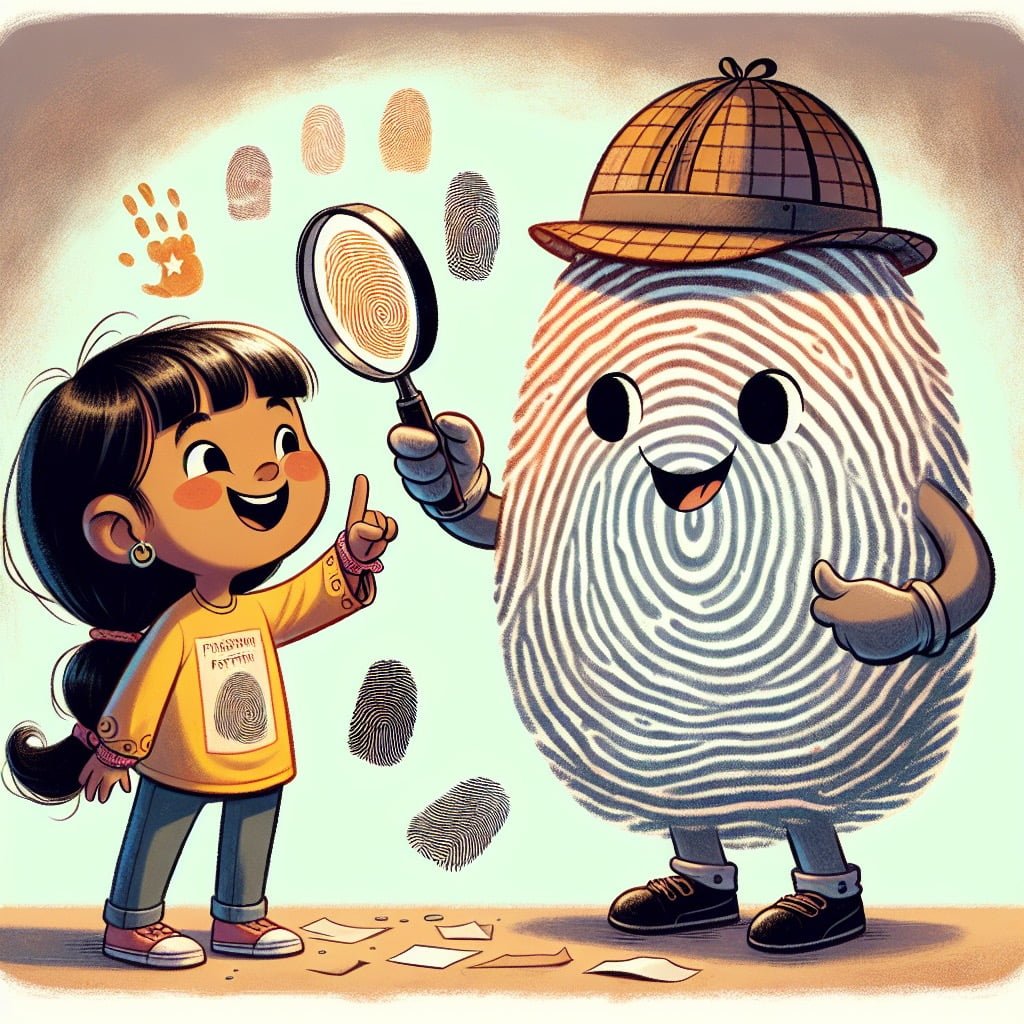
For younger kids: Each person has their own special fingerprints that no one else has.
For older kids: Human fingerprints are completely unique, with patterns of ridges and lines that are formed in the womb and remain unchanged throughout our lives.
Detailed explanation:One of the most fascinating fun facts for kids about humans is that each and every person has unique fingerprints. Our fingerprints are formed during fetal development and are influenced by a combination of genetic factors and the environment in the womb. The ridges and patterns that make up our fingerprints are completely individual and do not change throughout our lives, making them a reliable form of identification.
The reason behind this uniqueness lies in the way our skin forms in the womb. As a fetus grows, the skin on the fingers and palms of the hands starts to fold and buckle, creating distinct patterns that become our fingerprints. These patterns are influenced by genetic factors, such as the genes responsible for skin development and growth. Additionally, factors such as the amount of amniotic fluid in the womb, the position of the fetus, and even the pressure exerted by the fetus on the walls of the uterus can all play a role in shaping our fingerprints.
Forensic scientists and law enforcement agencies have long relied on fingerprints as a method of identification due to their uniqueness and permanence. Even identical twins, who share the same DNA, have completely different fingerprints. This makes fingerprints a valuable tool in solving crimes and identifying individuals.
In conclusion, the fact that humans have unique fingerprints is not only a fun tidbit of information for kids, but also a marvel of nature’s intricate design. Each person’s fingerprints are a one-of-a-kind feature that sets us apart from everyone else, making them a fascinating aspect of human biology.
Fun Facts for Kids About Humans
2. Humans Can Blink Up to 5 Times in a Second
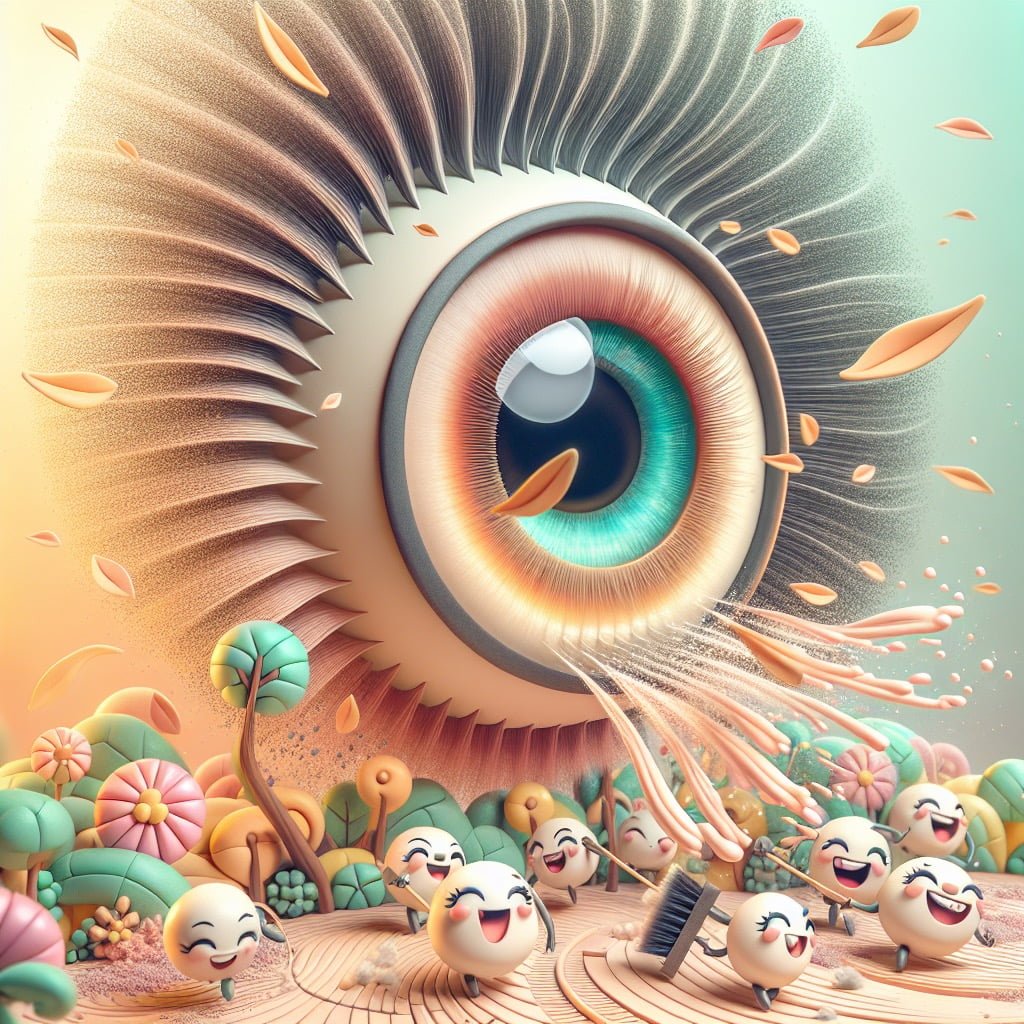
For younger kids: Our eyes blink really fast to keep them moist and clean.
For older kids: In just one second, humans can blink up to 5 times, which helps to keep the eyes hydrated and free from dust and dirt.
Detailed explanation:Fun Facts for Kids About Humans: Did you know that humans are capable of blinking up to 5 times in just one second? Blinking is a reflex action that helps to keep our eyes moist and free from dust and debris. The average person blinks about 15-20 times per minute, but when our eyes are exposed to irritants or if we are feeling tired, we tend to blink more frequently.
Blinking is controlled by a combination of involuntary and voluntary muscles. The involuntary muscles work to keep our eyes moist and protect them from foreign particles, while the voluntary muscles allow us to consciously blink if needed. When we blink, our eyelids move in a quick motion to spread tears evenly over the surface of our eyes, helping to keep them lubricated and clean.
Interestingly, the speed at which we blink can be influenced by a variety of factors. For example, when we are focused on something or deep in thought, we tend to blink less frequently. On the other hand, when we are feeling anxious or stressed, we may blink more often. Additionally, certain medical conditions or medications can impact our blinking rate.
So, the next time you observe someone blinking rapidly, you can impress them with the fun fact that humans are capable of blinking up to 5 times in just one second! It’s a fascinating reminder of the incredible abilities of the human body.
Fun Facts for Kids About Humans
3. A Human’s Brain Generates Enough Electricity to Power a Light Bulb

For younger kids: Our brains make enough electricity to light up a small flashlight!
For older kids: The average human brain produces about 10-23 watts of electricity, which is enough to power a small light bulb.
Detailed explanation:Fun Facts for Kids About Humans: Did you know that a human’s brain is capable of generating enough electricity to power a light bulb? It may sound like something out of a science fiction movie, but it’s actually a fascinating reality of the human body.
The brain is a complex organ that is constantly active, even when we are asleep. This activity is powered by electrical signals that are sent between neurons, the cells that make up the brain. These electrical signals are created by the movement of ions across cell membranes, and they produce a small amount of electrical current.
While the amount of electricity generated by the brain is relatively small – about 0.085 watts on average – it is still enough to power a small LED light bulb. This is because the brain is incredibly efficient at generating and using energy, allowing it to produce this electrical current without any extra effort on our part.
In fact, the brain uses up about 20% of the body’s total energy supply, despite accounting for only about 2% of the body’s weight. This is because the brain is constantly processing information, sending signals throughout the body, and regulating our bodily functions.
So next time you turn on a light bulb, just think about the amazing power that your own brain is capable of generating. It’s truly a remarkable example of the incredible capabilities of the human body.
Fun Facts for Kids About Humans
4. Humans Can Produce More Than 7,000 Different Facial Expressions

For younger kids: We can make lots of different faces to show how we feel!
For older kids: It’s estimated that humans can create over 7,000 distinct facial expressions, allowing us to convey a wide range of emotions without saying a word.
Detailed explanation:Humans have an incredible ability to communicate through facial expressions, with the capacity to produce more than 7,000 different ones. This vast range of expressions allows us to convey a wide array of emotions, from happiness and surprise to fear and disgust. Our faces are incredibly expressive, with muscles that can create subtle nuances in how we express ourselves.
Many of these facial expressions are universal across different cultures, such as a smile indicating happiness or raised eyebrows signaling surprise. This universal language of expressions allows us to quickly understand and connect with others, even if we don’t speak the same verbal language.
The ability to produce such a variety of facial expressions is due to the complex network of muscles in our faces. These muscles work together to create movements that can convey a wide range of emotions and subtle cues. For example, the orbicularis oculi muscle around the eyes is responsible for creating wrinkles around the eyes when we smile, known as crow’s feet.
Studying facial expressions is not only fascinating but also important in fields such as psychology, sociology, and anthropology. Researchers can learn a lot about human behavior and emotions by studying the different ways we express ourselves through our faces.
In conclusion, the fact that humans can produce more than 7,000 different facial expressions is not only impressive but also essential to our ability to communicate and connect with others on a deep emotional level. It is one of the many Fun Facts for Kids About Humans that showcases the fascinating complexity of our species.
Fun Facts for Kids About Humans
5. Humans Are the Only Animals to Produce Art
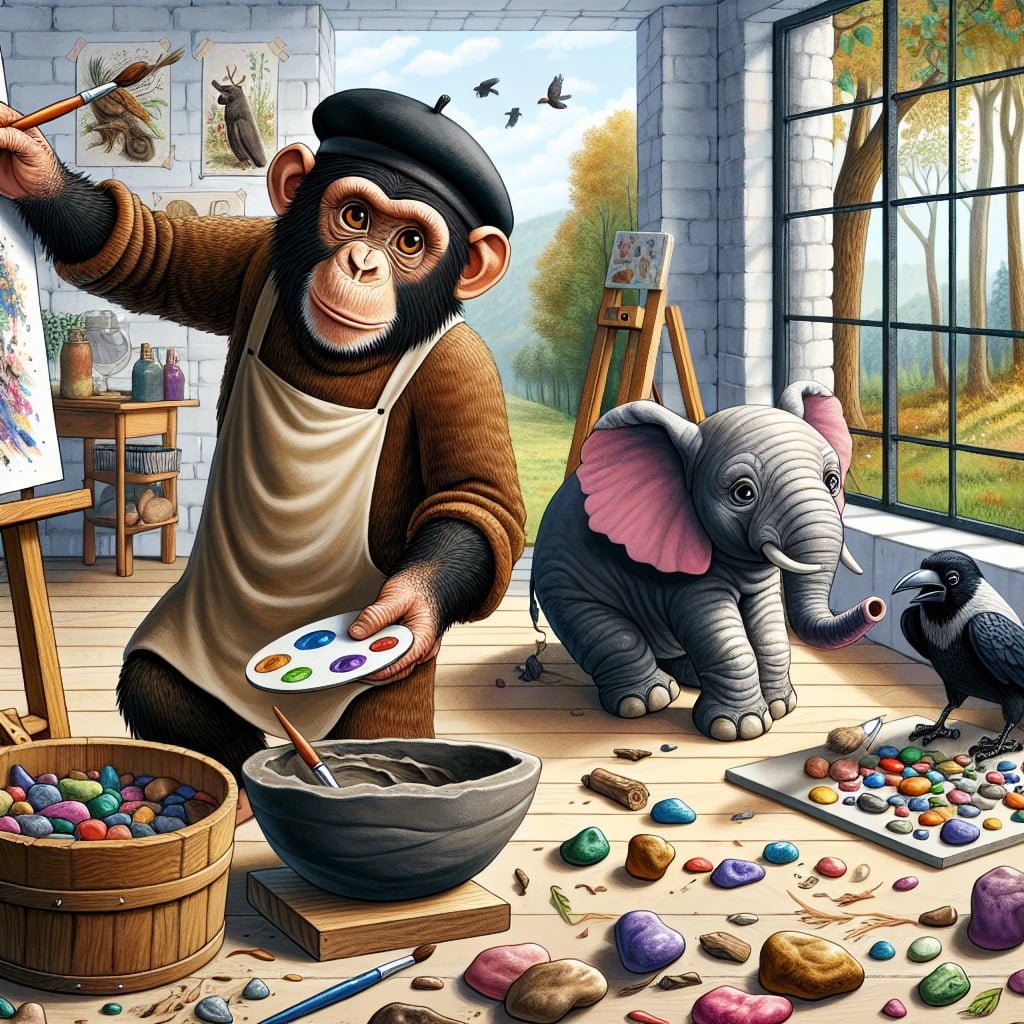
For younger kids: People are the only ones who can make beautiful paintings, drawings, and sculptures!
For older kids: As far as we know, humans are the only beings capable of creating art, demonstrating our unique creativity and imagination.
Detailed explanation:When it comes to the production of art, humans stand alone as the only species capable of creating and appreciating artistic expressions. This sets us apart from all other animals and is a testament to the complexity and depth of our cognitive abilities.
Art encompasses a wide range of forms, from paintings and sculptures to music and dance. It serves as a medium for self-expression, communication, and reflection of our cultural values and beliefs. The ability to create art is a uniquely human trait that has been present throughout our history, dating back tens of thousands of years to the earliest cave paintings.
One of the key factors that sets humans apart in the realm of art is our advanced cognitive capabilities. Fun Facts for Kids About Humans, our brains are highly developed and capable of engaging in complex thought processes, such as creativity and abstract thinking. These cognitive abilities enable us to imagine, conceptualize, and bring to life artistic visions that reflect our experiences, emotions, and interpretations of the world around us.
Additionally, our capacity for symbolic thinking and communication plays a crucial role in the production of art. Through art, we are able to convey ideas, emotions, and stories that transcend language and cultural barriers, allowing us to connect with others on a deeper level.
In conclusion, the fact that humans are the only animals to produce art is a fascinating testament to the unique capabilities of our species. Our ability to create and appreciate art speaks to the richness of our cognitive and cultural heritage, highlighting the depth and diversity of the human experience.
Fun Facts for Kids About Humans
6. Humans Shed and Regrow Their Entire Outer Skin Layer Every 2-4 Weeks

For younger kids: Our skin is always growing and falling off, just like when we peel a banana!
For older kids: Every 2-4 weeks, humans shed and regenerate their entire outer skin layer, which is made up of millions of cells.
Detailed explanation:Fun Facts for Kids About Humans: Did you know that humans shed and regrow their entire outer skin layer every 2-4 weeks? This incredible process, known as skin cell turnover, is essential for maintaining healthy skin and protecting our bodies from harmful external factors.
The outermost layer of our skin, called the epidermis, is constantly renewing itself through a process called desquamation. Old skin cells are shed from the surface of the skin, making way for new cells to take their place. This turnover process ensures that our skin remains fresh, smooth, and free from damage.
The rate at which our skin cells turnover can vary based on factors such as age, genetics, and overall health. Younger individuals typically have faster turnover rates, with new skin cells being produced and shed more rapidly. As we age, this process slows down, leading to a buildup of dead skin cells on the surface of the skin.
Proper skincare, including regular exfoliation and moisturizing, can help support the skin cell turnover process and keep our skin looking healthy and vibrant. Additionally, protecting the skin from sun damage and environmental pollutants can help maintain the skin’s natural barrier function and promote overall skin health.
So, next time you notice a little flakiness or dryness on your skin, remember that it’s all part of the natural process of shedding and regrowing your outer skin layer. Embrace this amazing fact about human biology and take good care of your skin to keep it looking and feeling its best.
Fun Facts for Kids About Humans
7. Humans Have a Unique Laughter Pattern
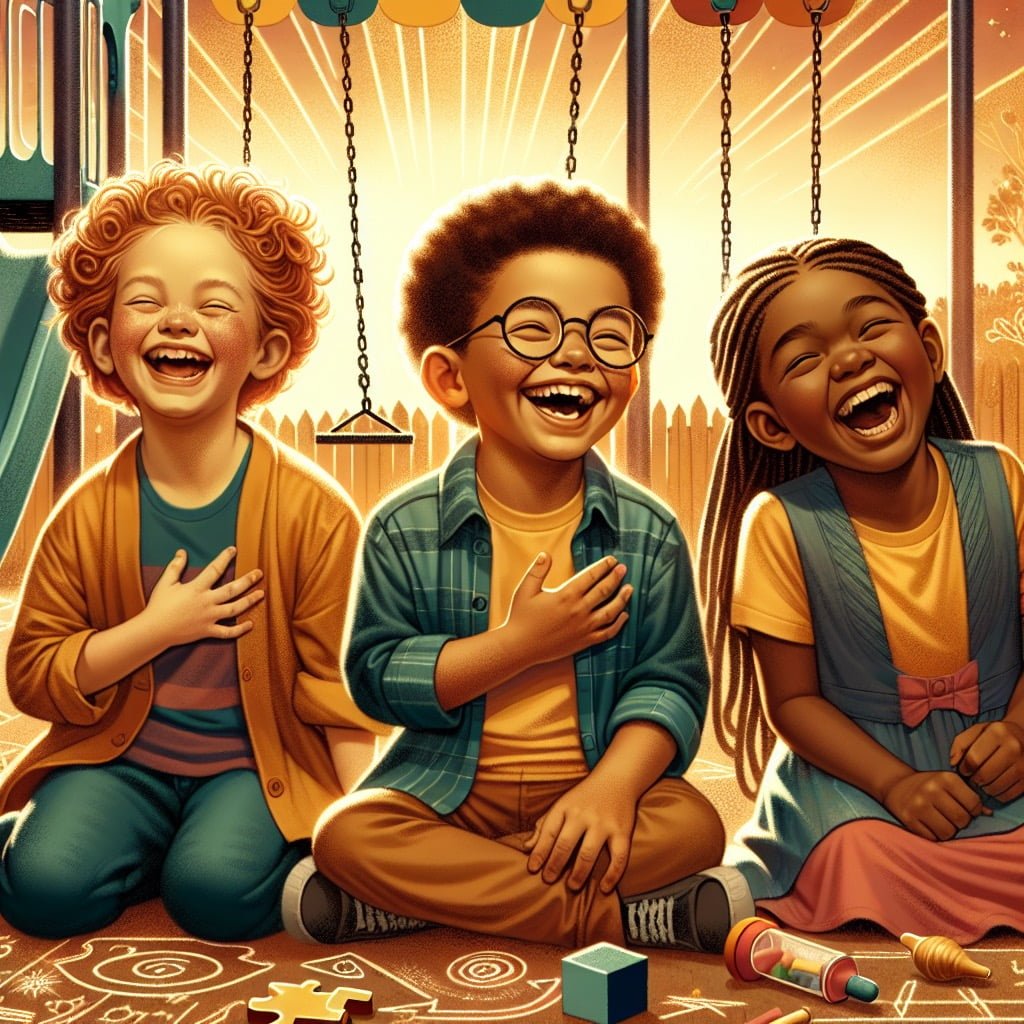
For younger kids: Giggles and laughter are special to each person, just like our puzzles and toys!
For older kids: Scientists have discovered that each person has a distinct laughter pattern, similar to a fingerprint, making it unique to individuals.
Detailed explanation:Humans have a unique laughter pattern that sets us apart from other species. It is one of the many fascinating Fun Facts for Kids About Humans that showcases our complex communication abilities. Laughter is a universal human behavior that serves a variety of important social functions.
Research shows that humans have a distinct laughter pattern that is different from other primates. For example, while chimpanzees also laugh, their laughter is usually associated with physical play and is not as diverse or complex as human laughter. In contrast, human laughter can be triggered by a wide range of stimuli, including jokes, funny stories, and amusing situations.
One key aspect of human laughter is its contagious nature. When we hear someone laughing, it often triggers our own laughter, even if we don’t fully understand why the other person is laughing. This social bonding function of laughter helps strengthen relationships and create a sense of camaraderie among individuals.
Furthermore, studies have shown that laughter has numerous health benefits, such as reducing stress, boosting the immune system, and improving overall well-being. This highlights how laughter is not just a form of entertainment, but also plays a crucial role in promoting physical and emotional health.
In conclusion, the unique laughter pattern of humans is a fascinating aspect of our species that showcases our complex social and communication skills. By understanding the science behind laughter, we can gain insight into the unique ways in which humans interact and connect with one another.
Fun Facts for Kids About Humans
8. Human Eyes Can Distinguish About 10 Million Different Colors

For younger kids: Our eyes can see so many beautiful colors, like the rainbow in the sky!
For older kids: It’s estimated that the human eye can discern approximately 10 million different colors, allowing us to appreciate the rich tapestry of the world around us.
Detailed explanation:One of the most fascinating Fun Facts for Kids About Humans is that our eyes have the remarkable ability to distinguish approximately 10 million different colors. This incredible feat is made possible by the presence of specialized cells in our retinas known as cones. These cones are responsible for detecting and processing different wavelengths of light, which are then interpreted by our brains as distinct colors.
The human eye contains three types of cones, each sensitive to different ranges of wavelengths. The cones responsible for detecting short wavelengths are most sensitive to blue light, while those sensitive to medium wavelengths detect green light, and cones sensitive to long wavelengths detect red light. By combining the signals from these three types of cones, our brains are able to perceive the wide range of colors in the visible spectrum.
In comparison, some animals have fewer cones and are therefore limited in the number of colors they can see. For example, dogs only have two types of cones, so they are believed to see the world in shades of yellow and blue. On the other hand, birds have four types of cones and are able to see ultraviolet light, allowing them to detect colors that are invisible to humans.
This ability to distinguish such a vast number of colors is truly remarkable and adds to the wonder and complexity of the human visual system. The next time you see a beautiful rainbow or a stunning work of art, take a moment to appreciate the incredible capabilities of your eyes. The world is truly a colorful and vibrant place, thanks to the amazing gift of sight.
Fun Facts for Kids About Humans
9. Humans Are the Only Animals That Blush
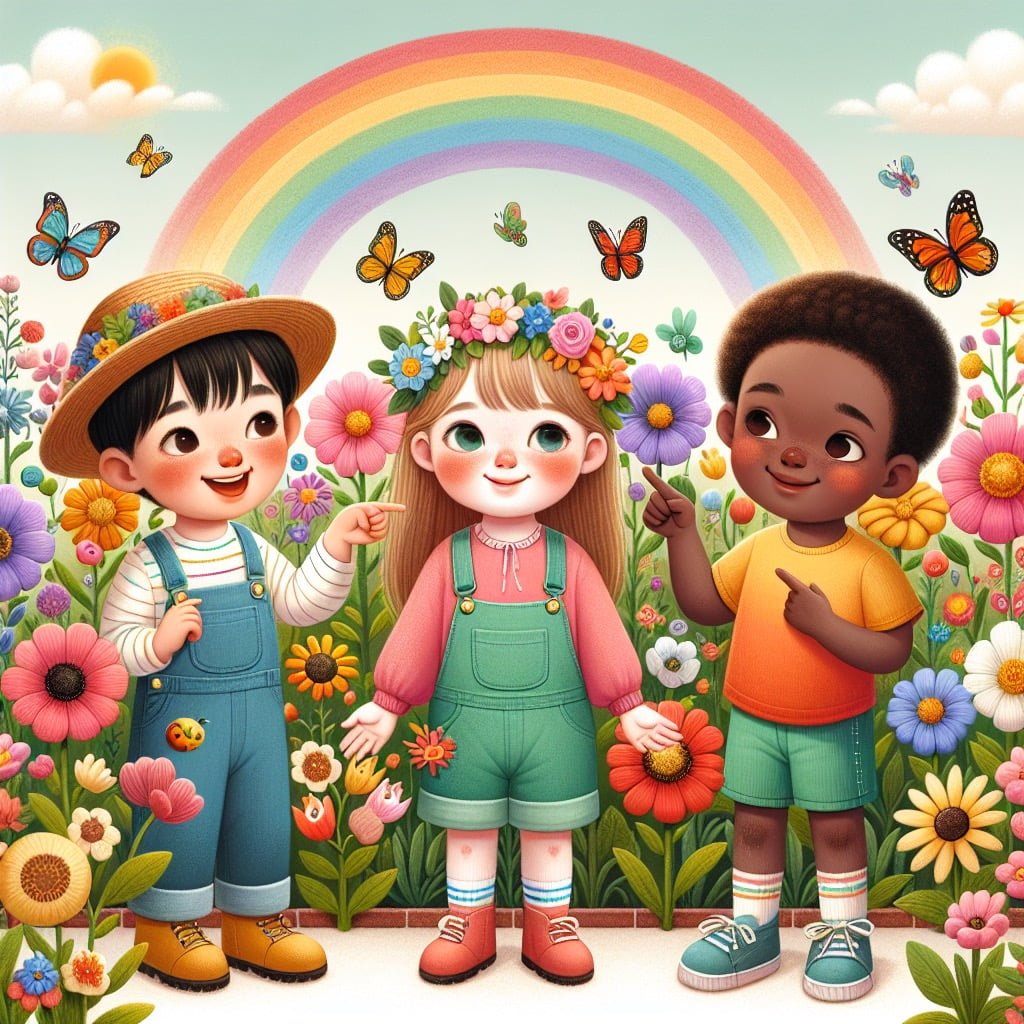
For younger kids: When we feel shy or embarrassed, our cheeks turn rosy red just like a flower!
For older kids: Humans are unique in their ability to blush, as it is a physical response to social emotions like embarrassment, shyness, or unease.
Detailed explanation:Blushing is a unique phenomenon that is exclusive to humans. When we feel embarrassed, shy, or self-conscious, our bodies react by increasing blood flow to our cheeks, giving them a reddish hue. This happens because our autonomic nervous system responds to our emotions by dilating the blood vessels in our face.
One theory behind why humans blush is that it serves as a form of nonverbal communication. When we blush, it signals to others around us that we are feeling embarrassed or guilty. This can help to show that we recognize our mistake or are aware of our social faux pas.
Interestingly, studies have shown that blushing can actually have a positive impact on our social interactions. People who blush are perceived as more honest, trustworthy, and sincere by others. In this way, blushing can actually help to strengthen social bonds and relationships.
Although other animals may experience emotions similar to embarrassment, they do not display physical signs of blushing like humans do. This makes blushing a unique and fascinating trait that sets us apart from other species.
In conclusion, blushing is a fun fact for kids about humans that showcases the complexity of our emotions and communication. It is a physical response that helps us navigate social interactions and signals our feelings to those around us. Next time you feel your cheeks getting warm, remember that blushing is just one of the many interesting quirks that make us human.
Fun Facts for Kids About Humans
10. Humans Are Biologically Programmed to be Kind

For younger kids: People love to be helpful and friendly to each other, just like sharing toys and snacks!
For older kids: Studies show that humans are hardwired to be kind and cooperative, with the release of feel-good hormones when performing acts of kindness.
Detailed explanation:Humans are biologically programmed to be kind, a fact that may come as a surprise to many. It is easy to think that our competitive nature and survival instincts would dictate otherwise, but research and studies have shown that kindness and cooperation are deeply ingrained in our DNA.
One of the reasons for this biological programming is the concept of reciprocal altruism. This theory posits that individuals are more likely to help others if they believe that help will be reciprocated in the future. This behavior ultimately benefits the individual and their community as a whole. Research has shown that humans are more likely to be kind and generous to strangers if they perceive that the act of kindness will be returned in some form down the line.
Another reason for our biological predisposition towards kindness is the release of feel-good hormones such as oxytocin when we engage in acts of kindness. This neurological response reinforces the behavior and encourages us to continue being kind to others.
It is important to note that while humans are biologically programmed to be kind, this does not mean that everyone will always exhibit kind behavior. Environmental factors, upbringing, and personal experiences can all influence how kind and compassionate an individual may be.
Overall, it is fascinating to consider how our biology plays a role in shaping our behavior towards others. This fun fact for kids about humans sheds light on the complex interplay between nature and nurture in determining our kind and compassionate nature.
Did You Know?
Humans are the only species known to cry emotional tears, showing that our emotions and connections with others are truly unique.
Fun Facts for Kids About Humans
Are you curious about what makes us human? Interested in learning more about the fascinating traits and abilities that set us apart from other living beings? Dive into the exciting world of fun facts for kids about humans! This blog post will not only spark your curiosity and critical thinking skills but also inspire a sense of wonder and appreciation for the world around us.
By delving into the extraordinary abilities and quirks that make us human, you will gain a deeper understanding of our unique nature and what it means to be a member of this remarkable species. Moreover, exploring fun facts about humans can provide valuable insights into the interconnectedness of all living things and the importance of compassion, empathy, and understanding in our interactions with others.
Join us on this journey to celebrate the beauty and complexity of the human experience, and encourage children to marvel at the countless marvels that make us who we are. Let’s continue to explore the wonders of being human and embrace the diversity that makes our world such a vibrant and dynamic place. Dive in and uncover the magic of what it means to be human!
Sources and additional information for Fun Facts for Kids About Humans
WikipediaBritannicaKhan AcademyNational Institutes of Health (NIH)Psychology TodayNational Geographic – People & CultureUNESCO – Human RightsWorld Health Organization – Mental HealthTED Talks – HumanityHuman Rights WatchThe Guardian – Global DevelopmentHarvard Health – Mind & MoodUnited Nations – Humanitarian AffairsThe Atlantic – Health
